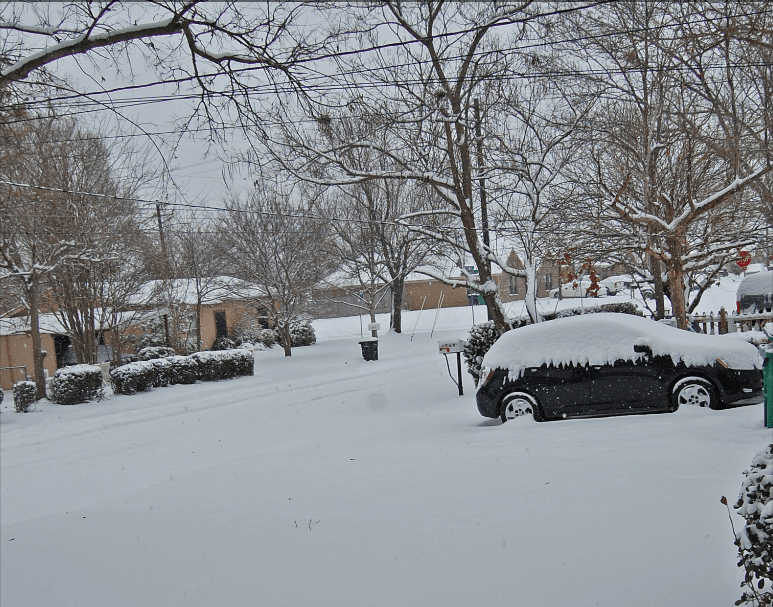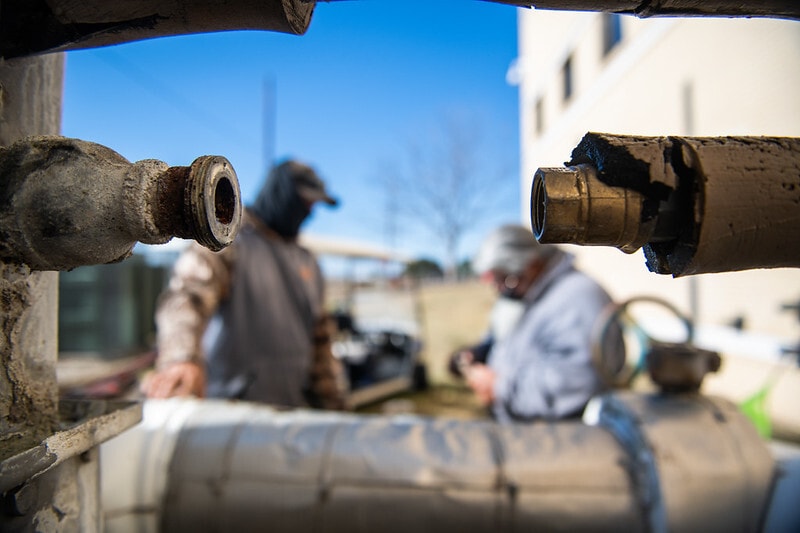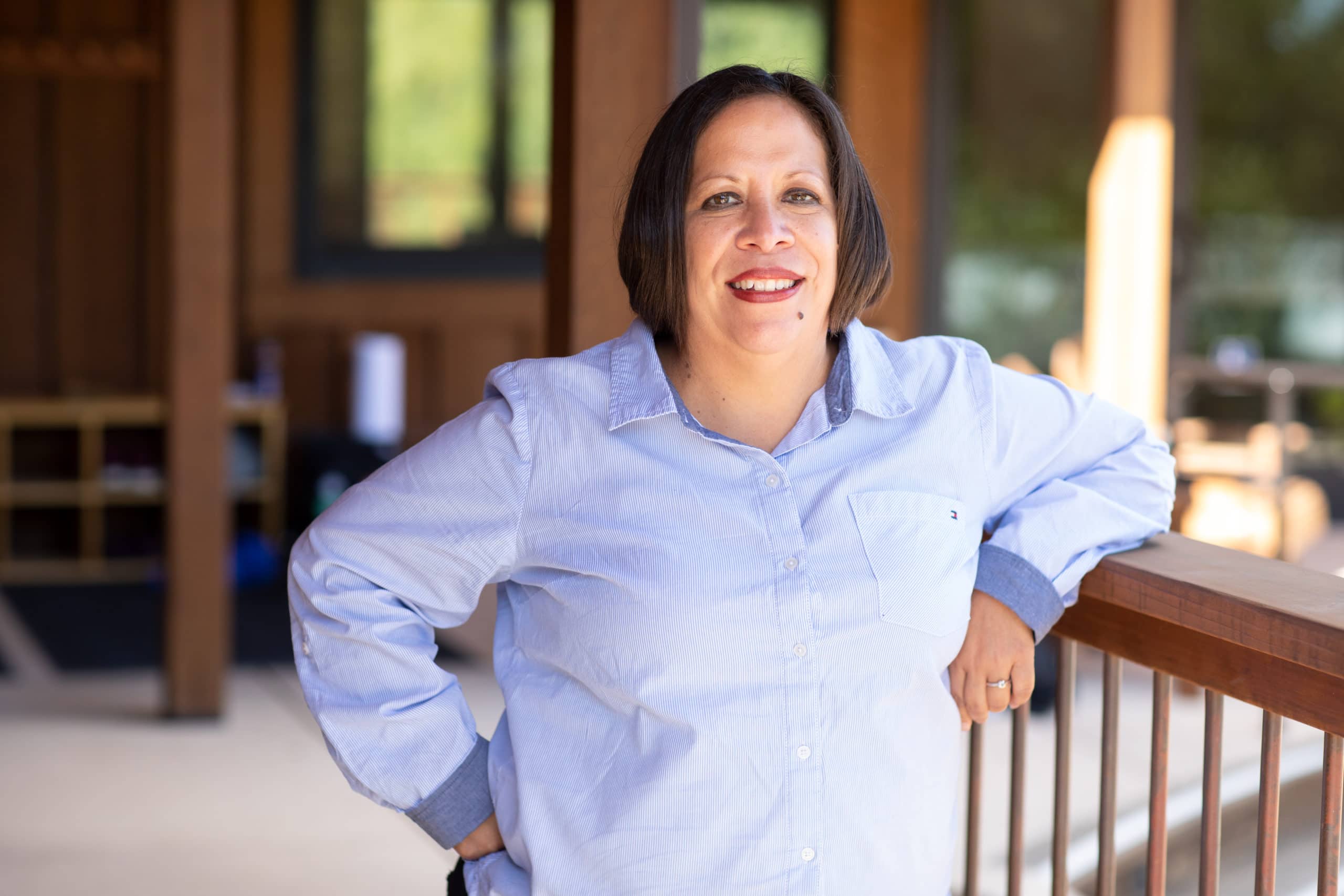What Happened in Texas?
“I keep reminding folks that if we had started working on this plan a year ago, paying particular attention to adaptation measures, we could have avoided some of the devastation people endured from the storm.”
Dolores Belmares, Climate Justice Organizer, Public Citizen (Texas office)

Lots of people have been wondering what happened in Texas. To explain, you need to understand the electrical grid.
First of all, Electric Reliability Council of Texas (ERCOT) manages the electric power to 90% of Texas. And it’s deregulated.
On February 15th, every county in Texas was hit by Winter Storm Uri, which brought in 6 inches of snow and freezing temperatures averaging minus 4 degrees Fahrenheit. As a result, ERCOT experienced widespread generation failure and was unable to provide power to millions of Texas homes and businesses. Demand records were set and thermal sources—coal, natural gas and nuclear, as well as some wind—failed. As the demand soared and generation failed, ERCOT called on utility providers to shed load and put in place rolling blackouts to at least 5 million people who were without consistent power for more than 3 days—then also failed to manage those outages. At least 2.7 million people were left without heat for days during a deadly record-setting winter freeze. This in turn caused water pipes to burst, leaving just as many households without water.

And while the storm was a shock, what happened in Texas isn't. In 2011, after another severe winter storm, federal regulators told ERCOT that utilities needed to winterize their power sources to avoid catastrophic events such as this freeze. But energy deregulation creates a market with no incentive to invest in weatherization, so nothing was done.
At the height of the crisis, 12 million Texans were without water. At the end of February, roughly 200,000 people were still without power or heat, and 390,000 people were without safe drinking water (2,000 didn’t have water at all).
That is what people have been dealing with in Texas. There has been a lot of finger-pointing and blame at the state level and local level. Task forces have been formed to “investigate” the utilities response to the storm, and how to have a better emergency response for the future. All amidst a pandemic.
Through this my work to shut our coal plant down continues. The CEO of our utility, CPS Energy, wants to convert the coal plant to a natural gas plant, even though natural gas failed enormously during the storm and natural gas prices went from roughly $25/kwh to $9000/kwh. This has left the utility with a $1 billion bill for needing to purchase natural gas on the spot for 5 days.
As a response to the storm, I am hoping to work with a grassroots organization to develop plans and lay the groundwork for a first-ever Resiliency Hub. These are community-serving facilities augmented to support residents and coordinate resource distribution and services before, during, or after a natural hazard event. In the meantime, I serve on one of the committees to implement our Climate Action and Adaptation Plan. After over a year since its passage, things are finally starting to move forward.
Written by: DeeDee Belmares

DeeDee Belmares is a Leader in WEA’s Global Alliance, was a member of the 2019 U.S. Grassroots Accelerator, and is a Climate Justice Organizer in Public Citizen’s Texas office. Born and raised in San Antonio, TX, DeeDee has a long track record of environmental activism in her hometown, where she works to address climate change and air pollution affecting Latino children and families, and is strategically pushing CPS Energy–San Antonio’s city-owned utility–to abandon its dirty Spruce Coal plant and adopt more clean energy sources. Read more about DeeDee here.
